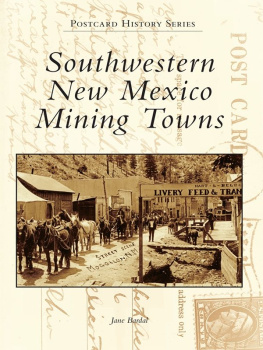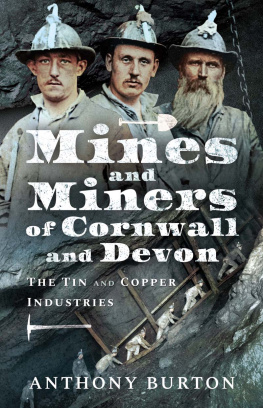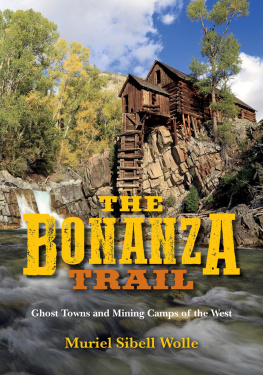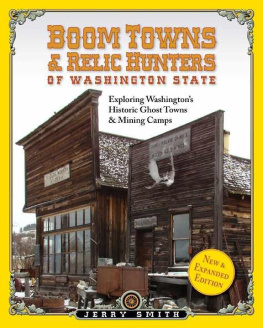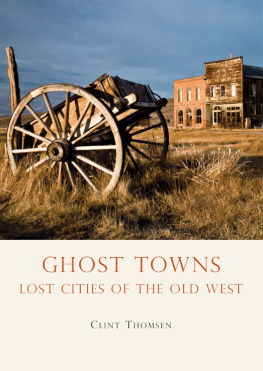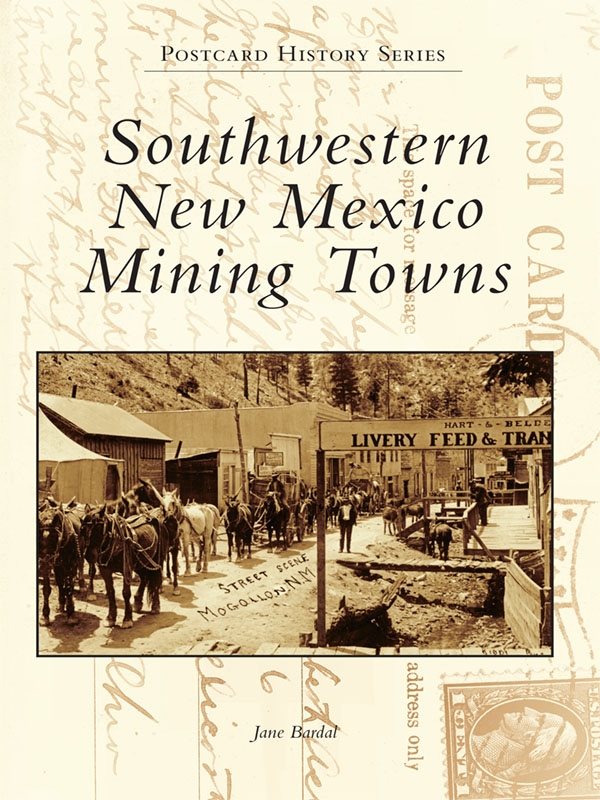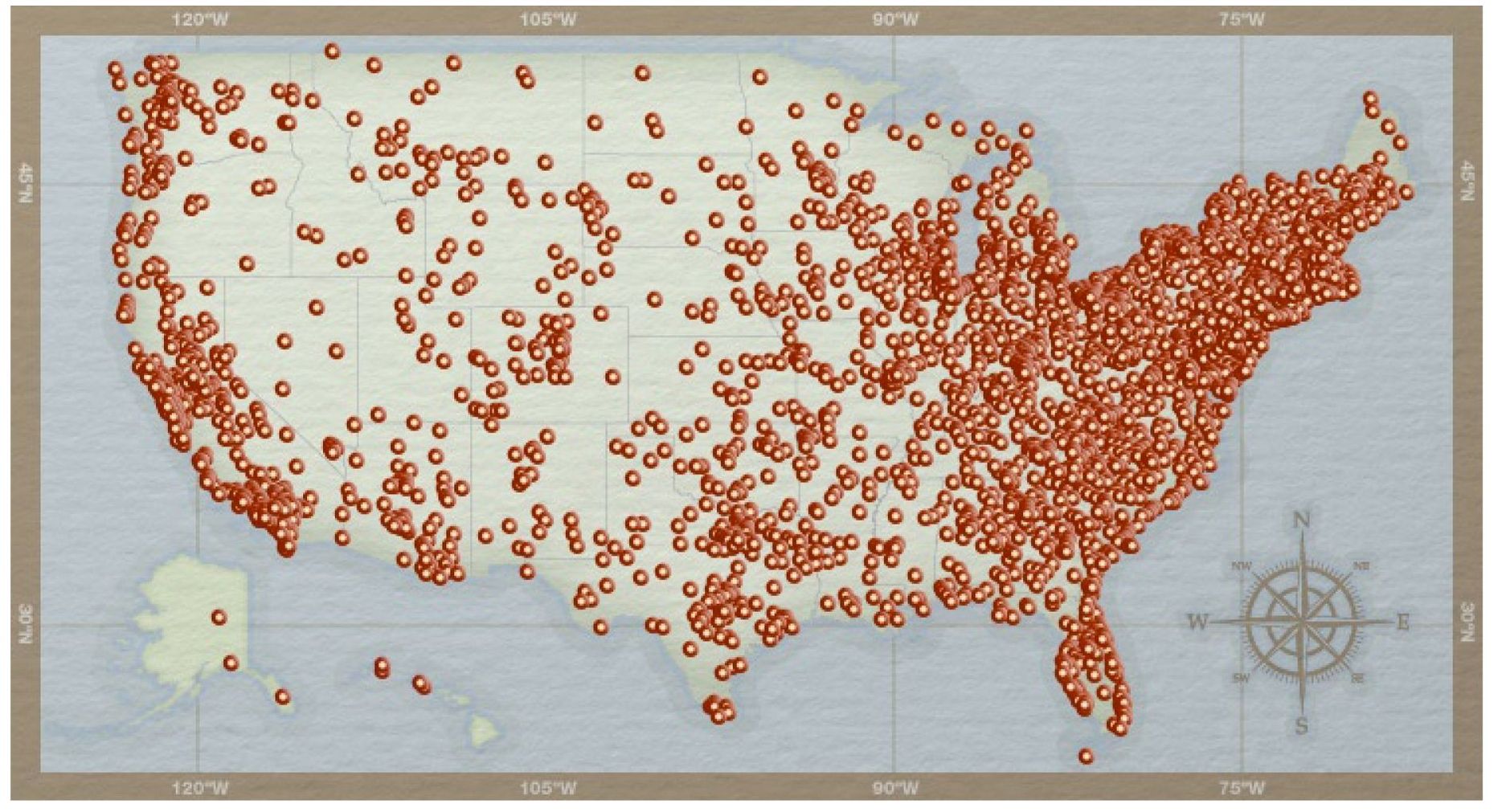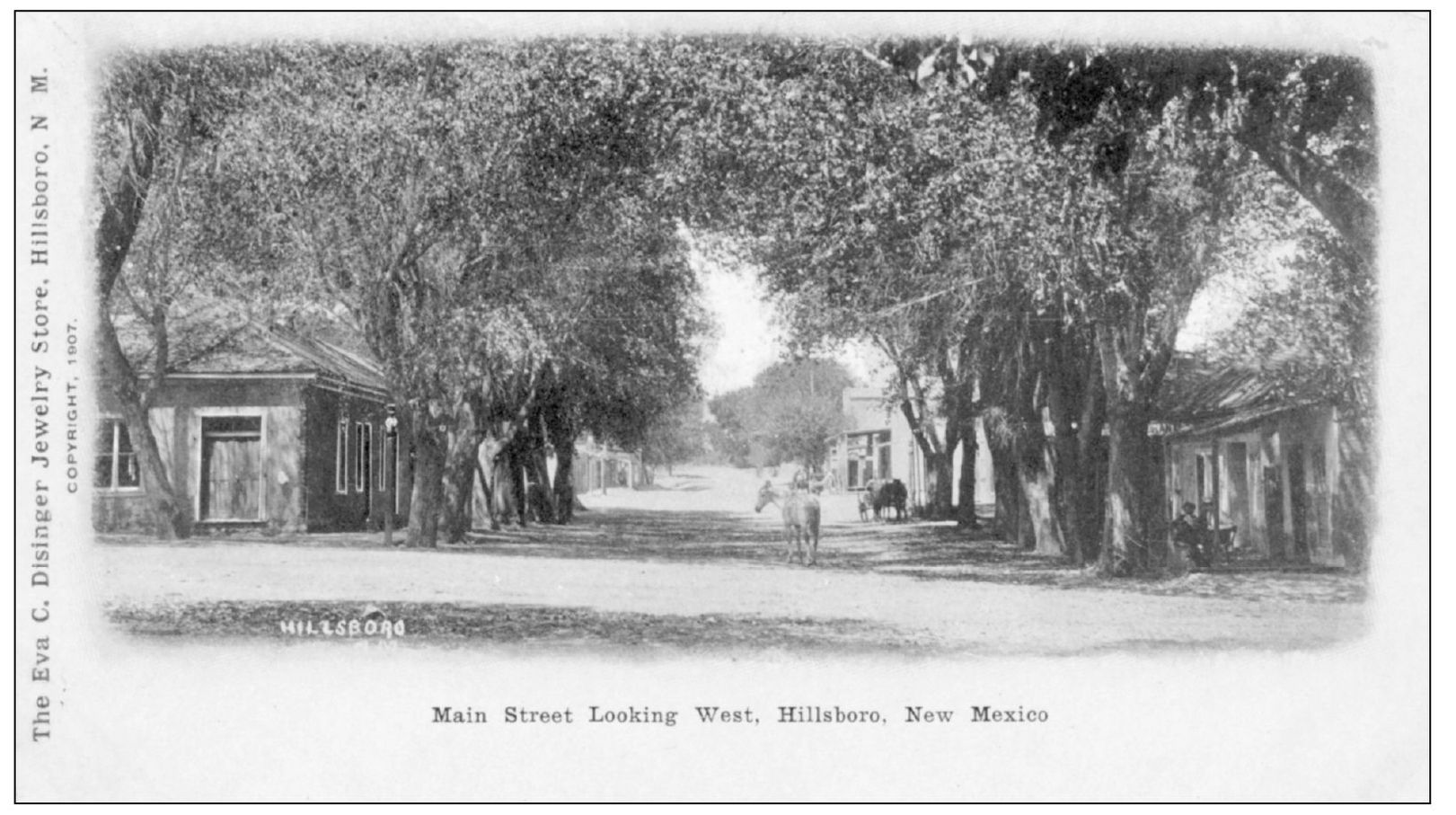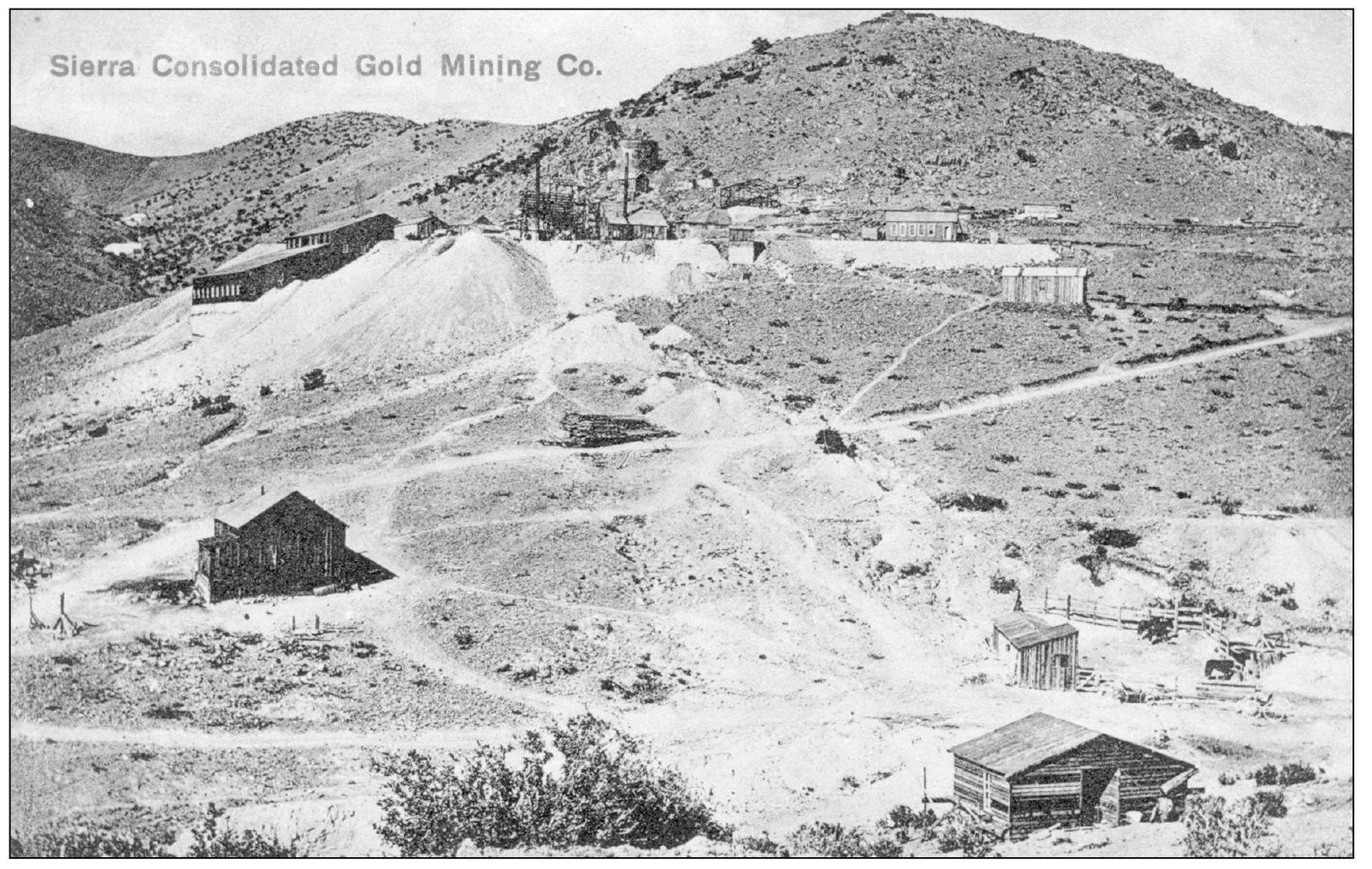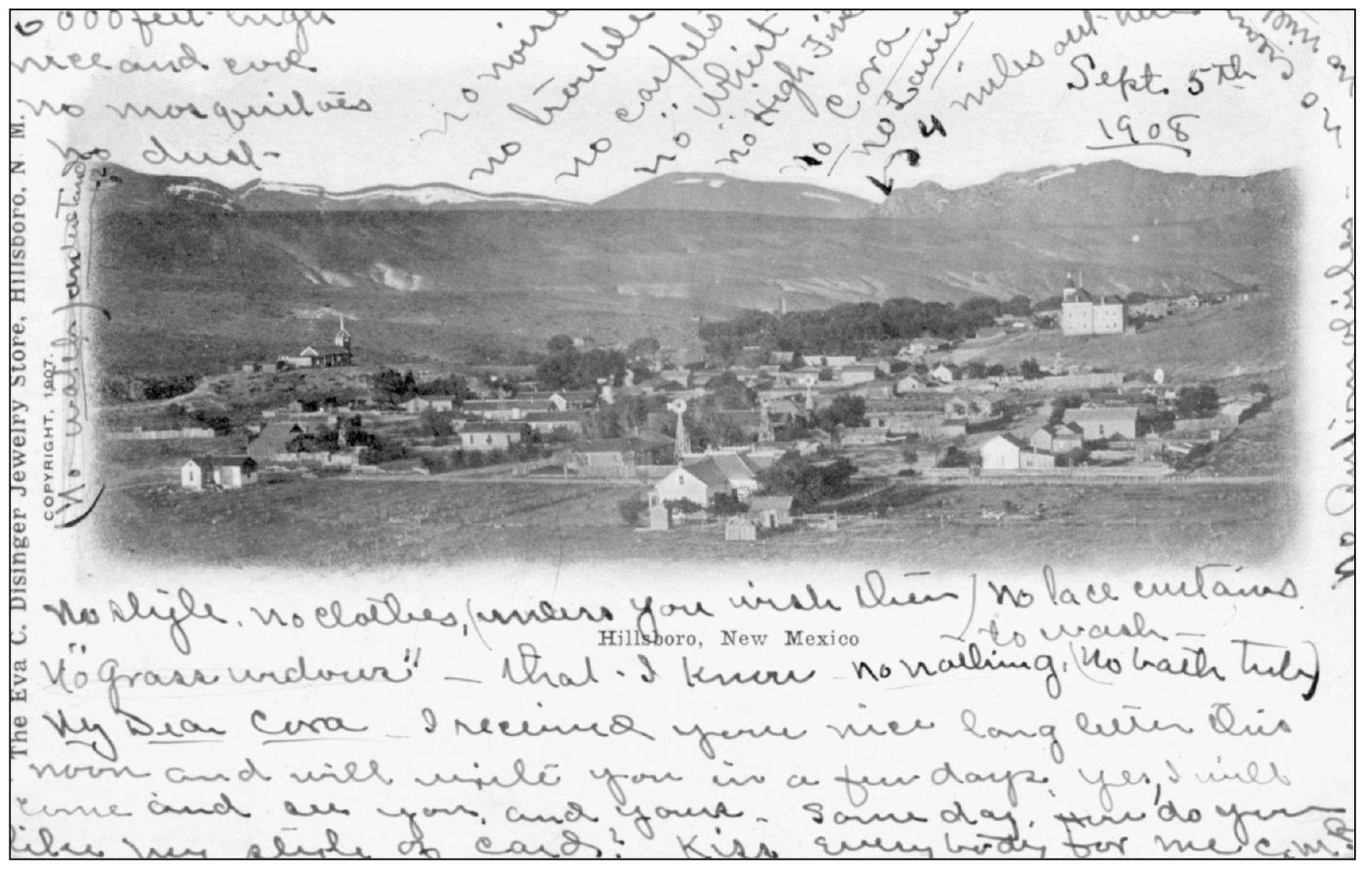I wish to thank the many people who helped me with this project. Several generous people allowed me to scan postcards in their collection: Jim Coad, Charles Kohlhaas, Robert Eveleth, Nancy Tucker, Stanley King, and Sue Lingo. These postcard collectors have preserved a valuable piece of New Mexico history, especially with the real photograph postcards, which are one-of-a-kind images. Thanks to them for allowing their postcards to be viewed by others through the publication of this book. Their contributions are noted at the end of each caption. All other images are from the authors collection.
Dr. Cheryl Foote, professor of history at Central New Mexico Community College, inspired me with her knowledge of New Mexico history. Dr. Andrew Russell, professor of history at Central New Mexico Community College, provided encouragement with this project, which I began while taking his American West course. Dr. Robert Eveleth, senior mining engineer at the New Mexico Bureau of Geology and Mineral Resources, was gracious in allowing me to draw on his vast knowledge of mining in New Mexico. I am grateful to both Dr. Foote and Dr. Eveleth, who reviewed my manuscript and provided helpful comments and corrections. Any errors in the manuscript are my responsibility.
Thank you to Jared Jackson, Kristie Kelly, and Arcadia Publishing for their support, patience, and enthusiasm in answering my numerous questions. Thank you to Susan Berry and her friendly staff and volunteers at the Silver City Museum, who provided assistance with my research. Thanks to the librarians at the Center for Southwest Research at the University of New Mexico.
Thanks to my friends and family who listened to the stories I wrote about in the book and provided encouragement along the way.
BIBLIOGRAPHY
Allen, James B. The Company Town in the American West . Norman, OK: University of Oklahoma, 1966.
Allen, Arlene W. A Brief History of the Burro Mountain Copper Company and the Town of Tyrone, New Mexico . (M.A. thesis) Western New Mexico University, 1990.
Allen, R. S. The Mogollon Mines . 19091916.
Berry, Susan, and Sharman A. Russell. Built to Last: An Architectural History of Silver City, New Mexico . Silver City Museum Society, 1995.
Cook, Fleeta. Footprints of Early Settlers . Self-published, 1980.
Crawford, Margaret. Building the Workingmans Paradise: The Design of American Company Towns . New York: Verso, 1995.
Ferguson, Henry G. Geology and Ore Deposits of the Mogollon Mining District, New Mexico . U.S. Geological Survey Bulletin 787, 1927.
DeMark, Judy B. Essays in 20th-Century New Mexico History . Albuquerque, NM: University of New Mexico Press, 1994.
Ericson, Duane. Silver City Narrow Gauge . Washingtonville, OH: M2FQ Publications, 2007.
Hoover, Herman A. Tales from the Bloated Goat: Early Days in Mogollon . El Paso, TX: Texas Western Press, 1958.
Jones, Fayette A. New Mexico Mines and Minerals: Being an Epitome of the Early Mining History and Resources of New Mexican Mines in the Various Districts . Santa Fe, NM: New Mexican Printing Company, 1904.
Kalt, William. Awake the Copper Ghosts!: The History of Banner Mining Company and the Treasure of Twin Buttes . Tuscon, AZ. 1968.
Lordsburg Liberal .
New York Times .
Rakocy, Bill. Mogollon Diary No. 2 . El Paso, TX: Bravo Press, 1988.
Silver City Enterprise .
Silver City Independent .
Socorro Mining and Milling Company correspondence and documents. Center for Southwest Research, University Libraries, University of New Mexico.
Western Liberal
Find more books like this at
www.imagesofamerica.com
Search for your hometown history, your old
stomping grounds, and even your favorite sports team.
One
HILLSBORO
Prospectors Dan Dugan and Dave Stitzel discovered gold near Hillsboro in April 1877. Dugan told Stitzel that gold was not found in that type of rock formation, but Stitzel took some samples to the mill at Mimbres anyway. It turned out that the gold values ran $160 per ton of ore. They returned to locate the Ready Pay Mine and the Opportunity Mine.
The Snake Mine (also called the Rattlesnake Mine) was discovered in June 1877 by Dan Dugan and Frank Pitcher, who broke off a chunk of rock and found free gold. They had recently killed a rattlesnake nearby, hence the name. The Snake Mine produced $1.5 million in shipping ore, concentrates, and bullion, according to George Harleys (1934) Geology and Ore Deposits of Sierra County, New Mexico .
This postcard was mailed from Hillsboro on August 27, 1908. The correspondence reads as follows: This is a picture of the mine where Fred and Harold worked last year. No. 1 is the mill and 2 the hoist house where Fred worked. Today only the foundations of the mill and office buildings remain.

This postcard shows the technique of blowing sand away to reveal gold flakes and nuggets. The black sand is magnetite. Gold is originally deposited in lodes, which erode away over millions of years. When the gold is freed from the surrounding rock, it is called placer gold. Both the placer gold and magnetite are heavy and tend to settle together in alluvial deposits. The black sand indicates the potential presence of gold. Encarnacion Silva used this technique to recover placer gold from the Caballo Mountains. Silva had been showing up occasionally in Hillsboro with placer gold. He would not disclose the location of his find until one night in 1903, when he became intoxicated and revealed the information. Men traveled the 20-mile distance from Hillsboro to the Caballo Mountains throughout the night to stake claims. The excitement led to the cancellation of the district court so that people could rush to the new area. Within two weeks 500 people were searching for gold. In 19041905, miners found 3,400 ounces of gold, but after that time, production was insignificant.
This postcard was mailed from Hillsboro in 1908. The sender describes what the town did not have: No noise, no troubles, no carpets, no whist, no style, no clothes (unless you wish them), no lace curtains to wash, no bath tubs, no Laurie (who was the recipient of the postcard). Where the arrow is pointing, with the text reading 4 miles out here, was the area of the Snake Mine.

